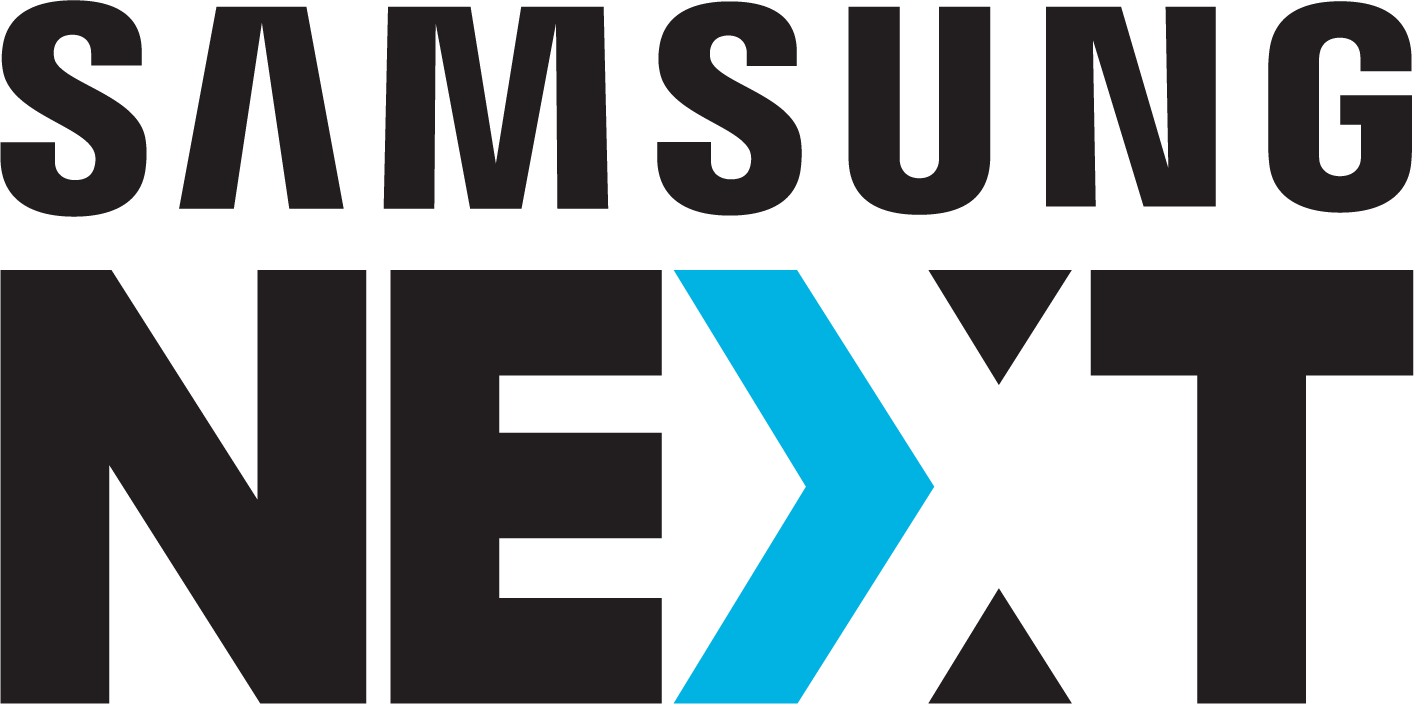How to build a badass business model
This video is a part of our ClassroomX educational series on the nuts and bolts of building a startup today. From defining your business model to growth, product strategy, and building your community, these 15 lessons by domain experts aim to equip young founders with crucial insights to transform their early-stage products into viable businesses.
How do you build a badass business?
An appropriate business model can make the difference between a successful startup and yet another failed business. Regardless of your product or service, you'll face many of the same challenges as other entrepreneurs, including developing an overarching model of how to operate your business.
What you'll learn from this lesson:
What is a business model? (4:40)
Where to start
The first step for any new business is finding a business model that will help you to orient to and execute on these initial ideas. As it turns out, there are not a lot of different business models.
Innovation generally either involves changing or combining different models to serve perpetually evolving markets. "A lot of the time when you see something that you think is really innovative and new in the market, it's actually just adapting an existing business model to a new market or serving a new customer," says Christina.
What value are you creating When thinking about how to build a business model, it's crucial to figure out the value of what is being created. To do this, Christina suggests entrepreneurs ask themselves five key questions:
What is the offering?
Why is it special?
Who specifically is it created for?
How are you going to deliver it?
What resources do you need to do that?
A business model is about how you create, deliver, and profit from your product. A clear understanding of these points will help to ensure that your business is built on a solid foundation.
A flexible model is a viable model
However, it's also important to be attentive to how markets and customers change over time. Christina warns entrepreneurs that "building a business model and just sticking to it and assuming that it's always going to be true and you're not going to have to make any changes is not at all the case."
Moreover, she adds, "companies fail because they actually don't think about how things change."
One of the benefits of building a business model is that it forces an entrepreneur to examine their assumptions, which can help them identify weaknesses in their design and prepare for unexpected conditions. This is important because eventually the market will shift and one or more of these assumptions will no longer be true.
Identifying weaknesses in your model is only the first step. You need to ensure your model has an adaptive mechanism that allows your company to change with the market and adapt to future needs.
Observe, orient, decide, act
One tool that can help is known as the "OODA" loop: observing, orienting, deciding, and acting. OODA is a tried and true strategy for quickly adapting to changing conditions and supporting long-term success in business. If you'd like to learn more about how the OODA loops are used in business, Amy Wilkinson's book, The Creator's Code, is a great resource.
In the final analysis, Christina says, a business model is a collection of assumptions about how you're going to create a product or service, deliver it to your customer, and capture profits.
Since these assumptions are based on a constantly changing market, it's crucial that you be attentive to how conditions change and have a strategy that allows you to quickly adapt to new situations. With these key ideas in mind, you'll be on your way to building a business model that will help you successfully guide your company's growth.

